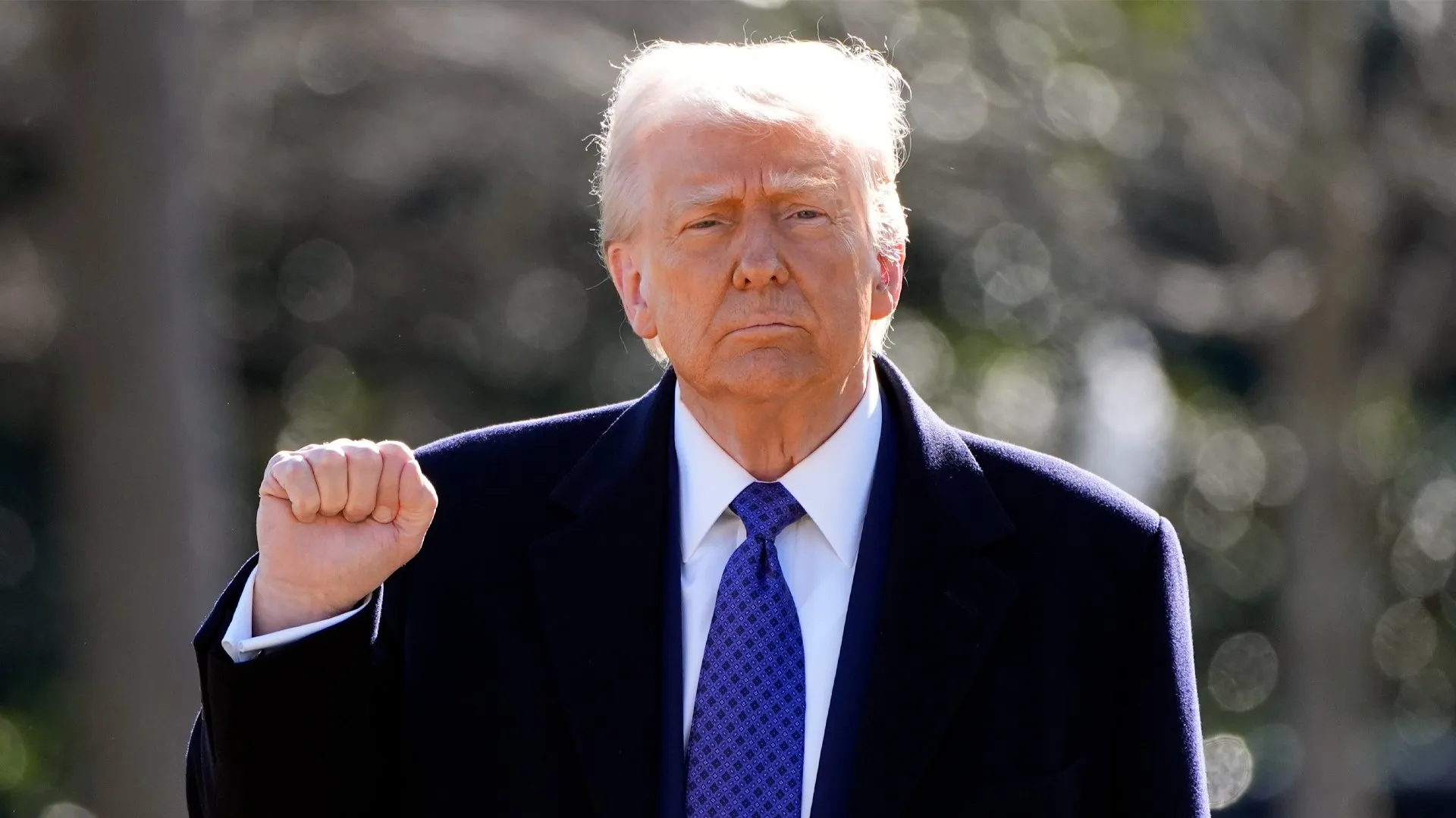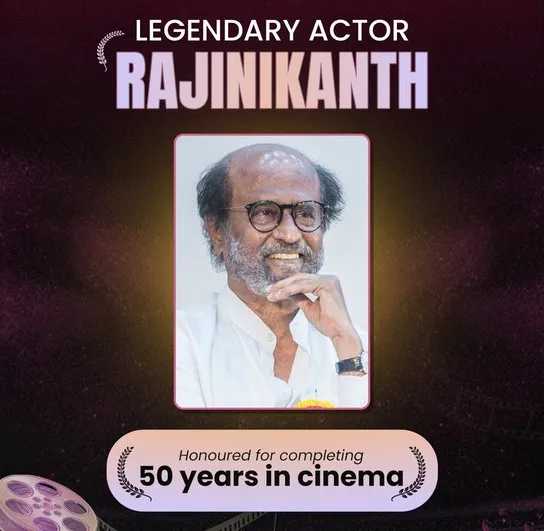

The 56th International Film Festival of India celebrated a monumental milestone in Indian cinema as it felicitated the legendary actor Rajinikanth for completing 50 years in the film industry. Known affectionately as Thalaivar, Rajinikanth has enthralled audiences across generations with his charismatic screen presence, distinctive style, and iconic performances.
The felicitation, part of the Closing Ceremony, recognised Rajinikanth’s immense contribution to Indian cinema, not only in Tamil films but also in Hindi, Telugu, and Kannada movies. With over 170 films to his credit, the superstar has left an indelible mark on popular culture, earning numerous accolades including the Padma Bhushan (2000), Padma Vibhushan (2016), and the Dadasaheb Phalke Award (2020).
Pramod Sawant, Chief Minister of Goa, felicitated Rajnikanth by presenting him with shawl and memento. Dr. L. Murugan, Minister of State for Information and Broadcasting and Parliamentary Affairs, Sanjay Jaju, Secretary, Ministry of Information & Broadcasting, and actor Ranveer Singh were present.
Receiving the honour, Rajnikanth expressed his heartfelt gratitude to the central government. He added that looking back, 50 years feels like 10 or 15 years, because he loves cinema and acting.
“Even if there are 100 births, I would like to be born as Rajnikanth,” said the superstar.
Through this celebration, IFFI 2025 honours a cultural icon whose artistry has transcended language and geography, inspiring filmmakers and audiences alike. The Golden Jubilee not only marks a personal milestone for Rajinikanth but also stands as a testament to the transformative power of cinema in shaping Indian popular culture.